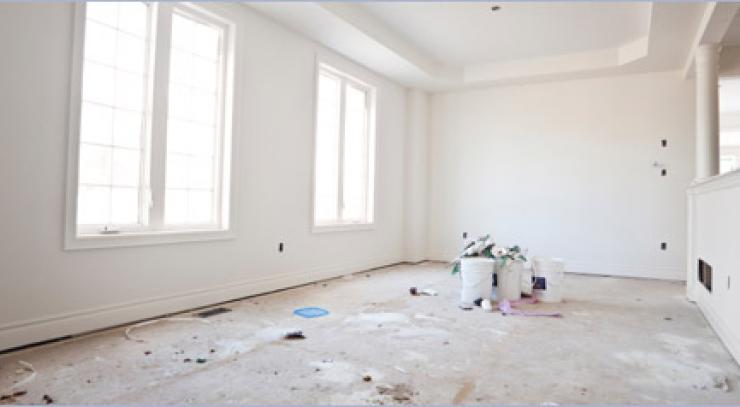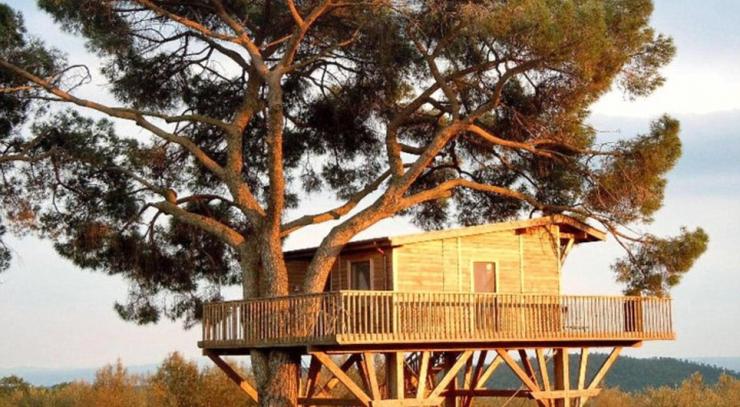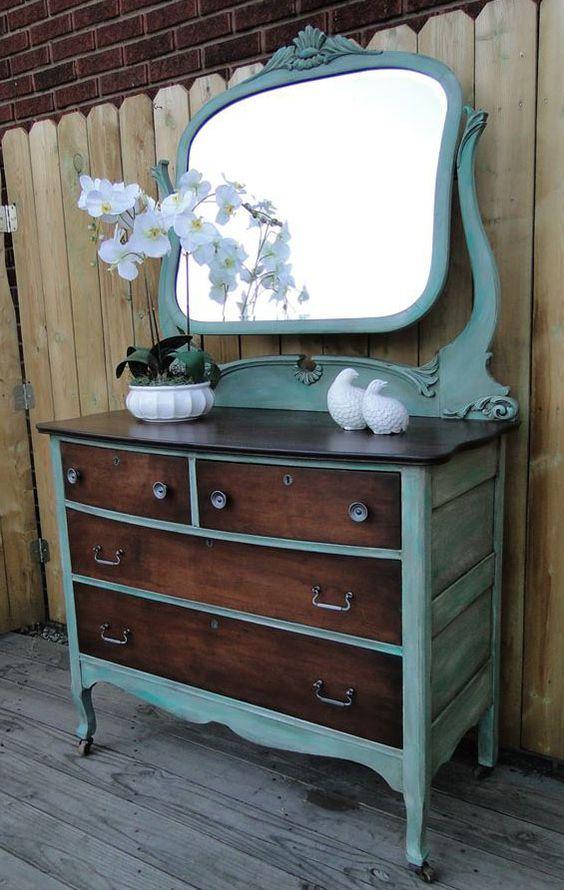According Landart creative director and co-founder Matt Leacy, render is one of the unsung heroes of garden design, and with the popularity of Mediterranean style influencing design choices render is a key element.
“Render is used in most of our designs because of its versatility with texture and colour,” Matt says.
It can be used to take outdated old brick to a stylish wall that can then be coloured to suit any palate, and it’s a cost-effective way of bringing in curves or separating spaces and creating a backdrop for plants or outdoor artwork.
“No one usually comments that they love the render in a garden design. However, it’s very often a key foundation for creating beautiful spaces, and on occasion, it can come more to the forefront with the introduction of tile and timber accents and different render techniques.”
Matt’s top tips for using render include being where to use it, the colour choice, and the type of render.
“Render can be used to re-imagine tired old brick walls and ties in well with a variety of other cladding from timber to Colourbond and bricks. Render is also ideal to use on curved lines to really enhance the smooth soften edges and, done in a limestone finish, fits perfectly with the current Mediterranean inspired design styles,” Matt says.
“The colour of your render should be determined by the surrounds and rest of your architecture and colouring. Even if a rendered wall is separate to your house in the garden it still needs to tie in to give a cohesive look. Dark colours like Monument are always a great backdrop to greenery.
“There’s a big variety of renders available from finishes as smooth as icing on a cake to more textural finishes. The look you’re going for will determine which render you should choose.”
Outdoor showers
On the outdoor shower front Matt believes they’re a feature most gardens should try to incorporate, especially if you live near the beach or have a pool.
“From a practical point of view, outdoor showers are ideal for rinsing off after a swim in the pool as well as for washing salt and sand off before heading indoors after being at the beach. Even if you’re just rinsing your feet and legs it really helps to keep sand out of your house,” Matt says.
“They’re also great for rinsing off surfboards and dogs, and moving away from the practical benefits, who doesn’t love to shower in the outdoors?
“It’s often the best thing about rooms or villas at a tropical resort to have a beautifully designed outdoor shower, and there’s no reason why this can’t be replicated in your own backyard.”
Some of Matt’s key tips for creating an outdoor shower include location and privacy ‘being everything’ if you’d like to use your shower for day-to-day showering and not just rinsing off when you have your swimmers on.
Rendered, timber or stone walls can provide privacy and attaching your shower as an extension to your house if you’re wanting to use it for actual shower is the best way to create a private area. If you can access via your existing bathroom or a bedroom is ideal.
You need to also ensure you choose tapware and finishes that are rated for outdoor use. Indoor tapware won’t stand the constant exposure to the elements. Finishes like bronze, copper and brass are great choices. Copper in particular has been very popular in outdoor showers we’ve created and it ages beautifully in the weather giving the tapware a lovely patina.
Lastly, drainage and plumbing are essential. If you’re going to use soaps and shampoos in your shower you need to ensure that your shower is connected to the sewer. If you would like to access to a warm shower, rather than just something with cold water that’s more suited to rinsing off in the summer sun or cooling off after a jog, you’ll need it to connect to your water heater.
Other features you might also want to consider are bench seating or built in shelves for towels to dry off and other bathroom items. Any storage solutions will need to be watertight and suitable for outdoor use.
Greening your backyard for more sustainable living
On creating a garden that is green on all levels Matt states that “reducing your footprint on the environment” is something he’s passionate about.
“My family and I grow what we can to reduce our food miles and so we know exactly what’s gone onto and into our fresh produce and we try to buy local as much as we can,” Matt says.
“We’re building a new house that has solar power for all electricity needs for the house, water tanks, smart irrigation, green roofs and internal garden beds and a sizable productive garden.”
Some of Matt’s top tips for creating a more environmentally friendly garden include using ethically sourced and reclaimed timber, saying that he works with specialist suppliers to source beautiful, reclaimed timber being from either old buildings, wharves, train lines and more.
“The timber has been aged and can also have a lovely back-end story. Where reclaimed timber isn’t possible, we use ethically sourced timber meaning all our timber used is from sustainable environmentally friendly sources,” Matt says.
“I encourage everyone to use these timbers from reputable suppliers. You might pay just a little bit more but very often this results in much better quality or even unique timber, and it’s good for the planet.”
Storing water and creating rain gardens including rooftop gardens is Matt’s favourite form of rain garden. However, if your budget or architecture won’t stretch to creating a rooftop garden, rain gardens can be created relatively easily in planter boxes or in garden beds in the ground to catch water run-off from downpipes, driveways, pathways or from the overflow of a rainwater tank.
Layering with gravel, soil and sand is key as well as using a waterproof liner to help capture the water for future use. Some good plant options for rainwater gardens include kangaroo paws, native grasses, native rushes and Dianella.
Rooftop gardens are also a great option for creating a rain garden. Councils will often make you create an overflow retention tank area out of your landscape, so why not turn this into a rain garden?
Some other tips Matt suggests include regenerative plants which will provide haven and food for wildlife as well as helping to regenerate the environment and to choose plants that are drought resistant and require little watering.
With the way electricity prices are rising it’s also a great green source of energy to installing solar to run pools and other outdoor and home electricals will end up paying for itself.
Eliminating the use of pesticides that can end up in storm water as well as compromising the health of any foods you might be growing and then eating is one of the easiest positive changes you can make in a home garden.
In addition, there are a lot of organic or DIY pesticides or tips such as cayenne pepper/chilli to keep pests off or coffee granules around the base of plants to keep snails away are just two tips that I use in my own garden. You also don’t then have to worry about pets ingesting anything nasty.
Veggie scraps can be used to create nutrient dense compost to help your garden thrive. Compost bins are cheap and easy to hide away in a corner of your garden so composting is something that everyone can easily introduce regardless of budget or the size of your outdoor space.
An alternative is a worm farm which are also great for keeping food scraps out of landfill while providing liquid feed for your garden.
Lastly, as food prices continue to rise having a herb and veggie patch is not only good for the environment, it can also help reduce grocery bills. Tomatoes, lettuce and cucumbers are easy to grow and can be grown across seasons. Tomatoes and cucumbers are also very easy to grow from seeds of produce you have at home.
Rosemary is one of the best edible plants to include in your garden as it can be hedged in all shapes and sizes and incorporated beautifully into garden designs. It can also be used to screen vegetable patches they don’t always look great as the seasons change.

























